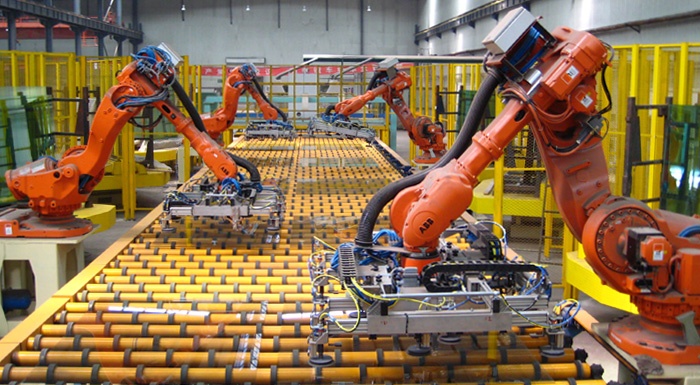Creativity for the engineer: Inside vs. Outside the box


Brainstorm sessions mostly focus on making you think ‘outside the box’. But if you truly want to innovate you’d better enter these sessions differently.
Within the world of engineering, thinking creatively is a must and a continuous process. In this article I will explain how you can continue to implement creativity for innovation in, for example, product, production process or order intake.
If you continuously aim to come up with creative engineering sessions, then you need to frame and structure this creativity as much as possible. And that is difficult when you use the so-called ‘outside-the-box-thinking’. You will be flooded with possible solutions of which most, in reality, are not truly creative.
Structuring and framing of creativity works much better with the ‘inside-the-box-method’. This method focuses on the closed world around the problem and uses 4 different techniques:
- The substraction technique;
- The division technique;
- The multiplication technique;
- The (task) unification technique.
Below, I will shortly describe these various techniques.
The substraction technique
You select an important component in an existing product (or machine) and try to leave this out partly or in its entirety. Omitting this component can solve an existing problem or even lead to a new product. Apple perfectly applied this technique when designing the iPod Shuffle. By omitting the screen, they created besides the already existing iPod, a totally new product for a new market.
The division technique
Take a component or a module and give it a different place or use it in a different manner inside the product. This could be a physical place but also a different place in time. Just think about the pre-paid subscription of your phone which was realised by adjusting the time of payment from post-payment to pre-payment.
The multiplication technique
The multiplication of components inside a product or machine is also a powerful technique. By using one existing component more, a new product is developed. Gillette did this very cleverly with the introduction of their three-in-one razors. Please note, continuously multiplying a component does not always generate something that adds something of value for the user. For example, we still have no razors with 7 blades or more.
The (task) unification technique
Solving a problem can be done by letting an existing component taking over the function of another component. This can be a component within the same or a different module. Combining is not the adding of new functions, but reallocating existing functions. A good example of this is an app for iPhone and Android, in which the phone during charging uses its computing power to decipher data regarding cancer research.
All these techniques have one thing in common: they do not add any new components, but instead they make use of the components that are already available. Or, the closed world. Adding a component is always an easy way to solve a problem, but at the same time this is often not the most creative way. Applying these techniques enables you to solve these problems as creatively as possible.
The Dutch manufacturing industry must continue to innovate in order to remain at the forefront. An integral modular design strategy is a must here. And for that you need creativity. Would you like to know more? Then the download the whitepaper.
Would you like to know more about creativity within integral modular designing and how we combine creativity with engineering? Please get in contact.










